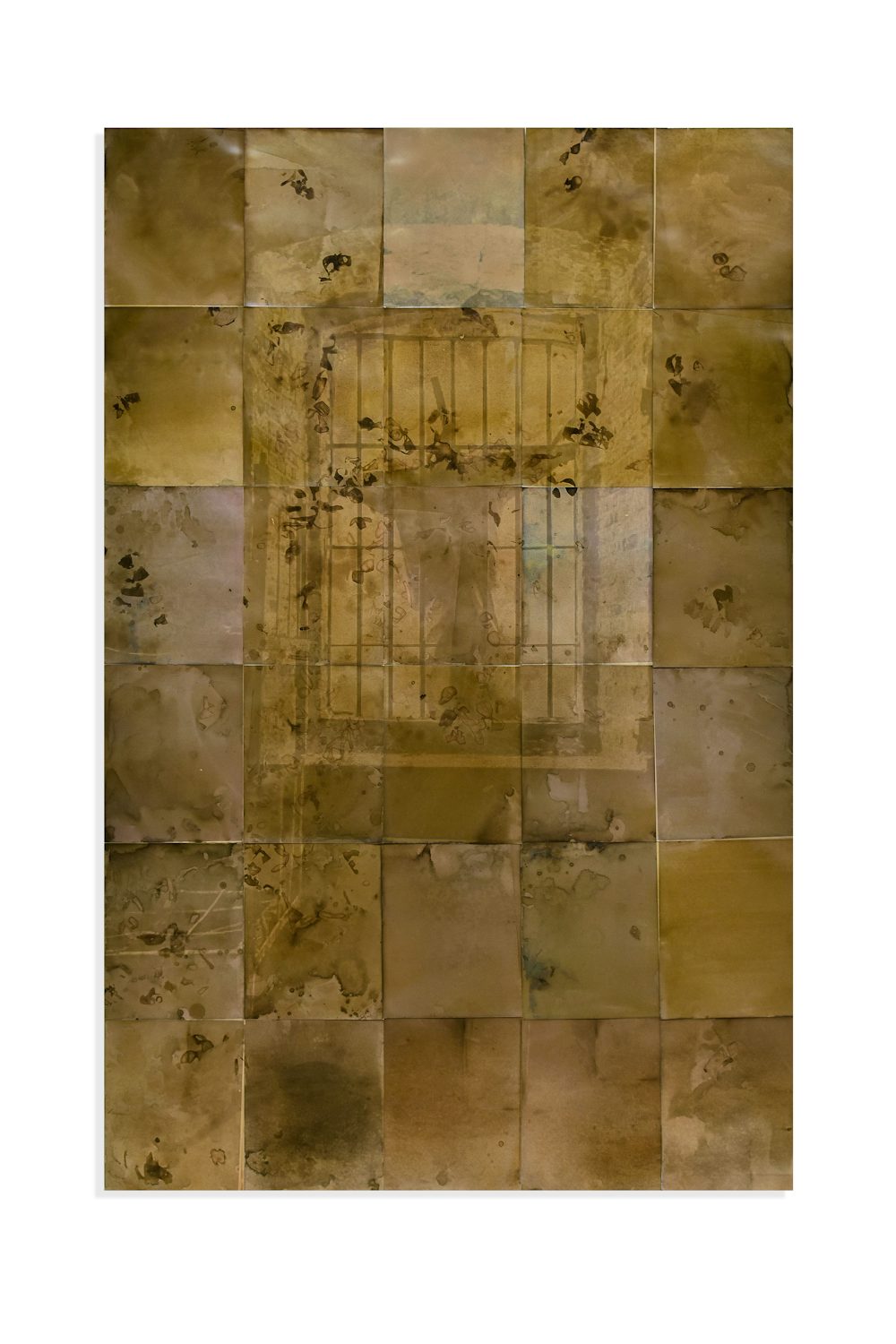Ioana Oprescu
"One Hundred Red Onions"
Section MS6, Gabriella Demczuk
Keywords: photography, environment, material, archive, print, narrative, history
In her memoir “The Silent Escape,” Lena Constante writes about her experience as a political prisoner during the Gheorghe Gheorghiu Dej communist regime. In one passage, she notices a green spring onion left in a courtyard bin, probably thrown there by a guardian after lunch. She retrieves the spring onion from the bin but hears a shout from above - her political guard is closely watching from a window, a common practice of having your own personal torturer. The guard comes down enraged, and demands that Lena shows him what she has taken out of the bin. Lena often pretends to be scared of him, appeasing to his desire to be feared. She opens her arm, and to his surprise, reveals a shrivelled spring onion leaf. He leaves without any further action. A female guard watching close by laughs at him for his ridiculous overreaction.
Lena describes the feeling of smelling the fresh spring onion after 6 years of detention as a beacon of hope and freedom, a reminder of life outside the walls of the communist female prison. She values the leaf of the spring onion, finding beauty and joy in the simplest of items, forgetting for a moment that she is a prisoner.
In my work, the red onion becomes a material witness to the hidden stories of women imprisoned during Romania’s communist regime. As a primary crop on the work camps, the red onion testifies to the suffering of these women.
Inspired by historical dyeing traditions and a powerful story from Lena Constante’s prison memoir, the work brings archival imagery to life through alternative photographic techniques, revealing a monastery, which ultimately became a political prison.



